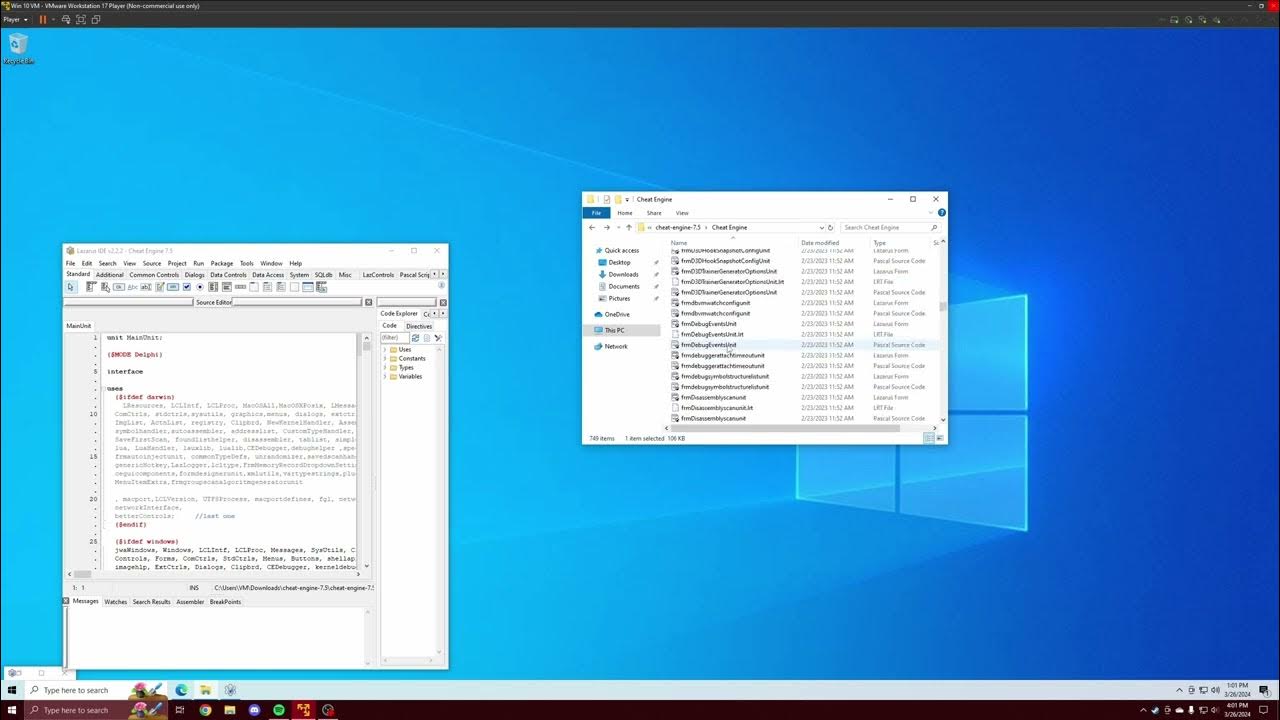Supply Chain Basics Course - Supply Chain is the Future! What is Supply Chain? - Part I
Summary
TLDRIn this informative video, Alvis Lazarus from supplychainway.com introduces the basics of supply chain management through a relatable story of a mother preparing lunch for her son. The narrative illustrates key supply chain activities, from demand planning to distribution, involving stakeholders like suppliers, manufacturers, retailers, and customers. The video aims to clarify the concept for those curious about supply chain careers or the field in general, providing a simple yet comprehensive model of the supply chain process.
Takeaways
- 🔍 The competitive edge for organizations has shifted from manufacturing efficiency to supply chain management due to widespread adoption of best practices.
- 📚 The focus of the video series is to provide a basic understanding of supply chain concepts for those interested in building a career in this field.
- 👩🍳 A story about a mother preparing lunch for her son is used as a metaphor to explain the supply chain process in simple terms.
- 📝 Demand planning is the first step in the supply chain, where the mother notes down her son's favorite dishes, representing customer preferences.
- 🛒 Supply planning involves the mother deciding on the ingredients needed and the vendors who can provide them, akin to sourcing and procurement in a business context.
- 📅 Production planning includes deciding on the dishes and timing for the meals, which is similar to scheduling production in a supply chain.
- 🛍️ Purchasing ingredients from the vendor is analogous to sourcing in a supply chain, where raw materials are acquired for manufacturing.
- 🍽️ Manufacturing is represented by the mother preparing the lunch based on the son's daily request, reflecting the production of goods in response to demand.
- 🚚 Distribution is symbolized by the neighbor delivering the lunch to the son, which is the final step of delivering products to the customer in a supply chain.
- 👦 The son represents the customer in the supply chain, who places orders and receives products.
- 🏢 The mother is the manufacturer, the vendor is the supplier, and the neighbor is the distributor or retailer, highlighting the key stakeholders in a supply chain.
Q & A
What is the focus of competitive advantage for organizations in the manufacturing industry today?
-The competitive advantage for organizations today has shifted from manufacturing capability and efficiency to the supply chain, emphasizing the importance of the big picture in operations.
What are some of the best practices in manufacturing that have leveled the playing field?
-The widespread adoption of best practices from the Toyota and Ford production systems has contributed to a more even playing field in manufacturing.
Who is Alvis Lazarus and what is his role in the video?
-Alvis Lazarus is the Supply Chain coach in the video, presenting a series of videos to help viewers understand the basics of supply chain management.
What is the purpose of the video series on supplychainway.com?
-The purpose of the video series is to discuss multiple topics that will help viewers understand the basics of supply chain, whether they are planning a career in supply chain or curious about what it entails.
What is the main subject of the specific video discussed in the script?
-The main subject of the video is to explain what a supply chain is, who all are part of it, and what the key activities within it are.
How does the video use a story to explain the concept of supply chain?
-The video uses the story of a mother who wants to send home-cooked lunch to her son to illustrate the various steps and activities involved in a supply chain, such as demand planning, supply planning, sourcing, manufacturing, and distribution.
What is the role of the mother in the supply chain story presented in the video?
-In the story, the mother acts as the manufacturer, responsible for planning, sourcing ingredients, and preparing the lunch based on her son's daily needs.
Who are the key stakeholders in the supply chain model described in the video?
-The key stakeholders in the supply chain model are the supplier, manufacturer, retailer, distributor, and customer.
What does the video suggest as the starting point of the supply chain engine?
-The supply chain engine starts with demand planning, which provides demand forecasts to supply planning, leading to purchase and production orders.
How does the video script define the roles of the son and the neighbor in the supply chain story?
-In the story, the son represents the customer, and the neighbor acts as the distributor or retailer, responsible for delivering the lunch to the son.
What is the final step in the supply chain process as described in the video?
-The final step in the supply chain process is the distribution of the finished product to the customer, either through an online retailer who ships the product or an offline retailer where the customer picks up the product.
Outlines

此内容仅限付费用户访问。 请升级后访问。
立即升级Mindmap

此内容仅限付费用户访问。 请升级后访问。
立即升级Keywords

此内容仅限付费用户访问。 请升级后访问。
立即升级Highlights

此内容仅限付费用户访问。 请升级后访问。
立即升级Transcripts

此内容仅限付费用户访问。 请升级后访问。
立即升级浏览更多相关视频

Aid and trade? | World Vision Australia

GRADE 3 SCIENCE – Parts of the Plants

Cheat Engine Built From Source Tutorial | Driver | DBVM | VEH Debugger | Renaming | Error Correction

Theories of Emotion | Processing the Environment | MCAT | Khan Academy

Brown Grove Baptist Church Sunday School lesson

Primay source: Pigafetta's Testimony on the route of Magellan's Expedition
5.0 / 5 (0 votes)
